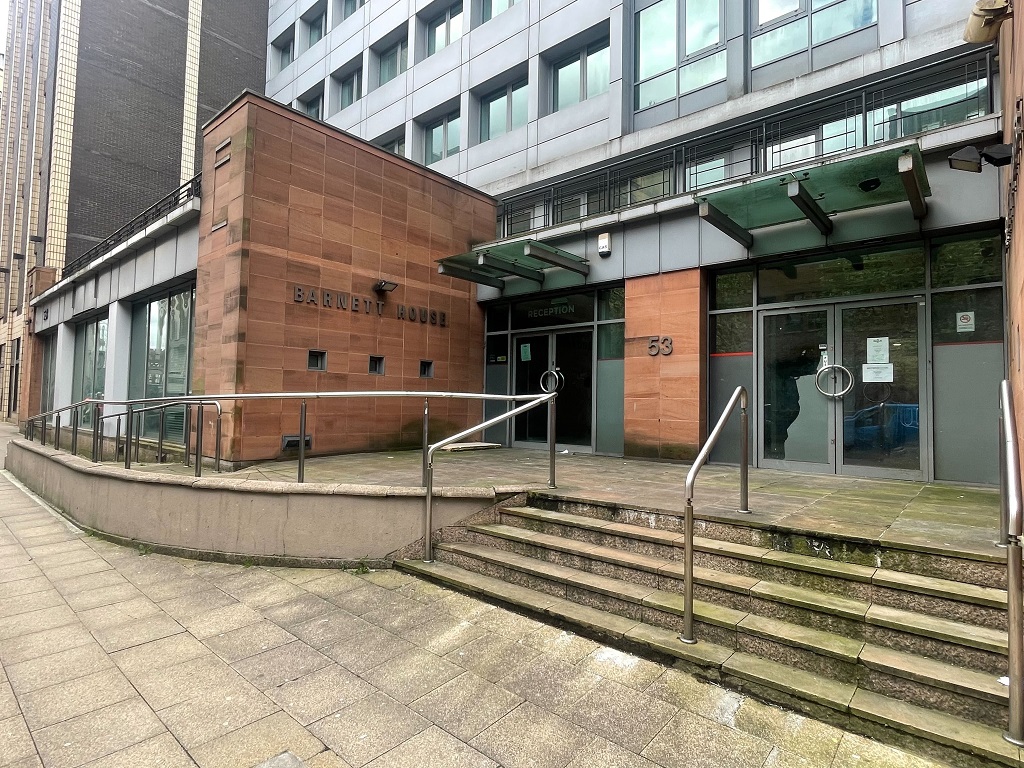RESOURCE | Energy savings: a little change for a lot of payback
It is fair to say the world of Planned Preventative Maintenance and Service Charges is not the most attractive side of facilities management engineering and this may explain why there is often a lack of good Maintenance Action Plans on the table when upgrades or replacements are needed, writes Fergal Rogers of TFT.
There is also a laissez-faire attitude leading to a shortfall in vision and creativity when looking at partially retrofitting systems that have reached ‘end of life’ – this is often exacerbated by a lack of design information and a need to cap the service charge by considering only like-for-like replacement of main components.
The operation and maintenance of engineering assets ranks among the biggest costs associated with the management of a building. Therefore, before embarking on straightforward replacement, look at the operational efficiency and embrace the “maintenance challenge”: dare the team to find energy savings to pay for the works within a sensible timeframe.
Three recent projects I have worked on fell into this category. 25 years ago, when the services were first designed, the engineers opted for full fresh air ventilation, with no heat recovery from the extracted airstreams, which was commonplace. Consequently, energy was wasted every day of the week, every year of its operating life, whilst the system ran at 100% output.
In one case involving a 10-storey and seven-storey office block in Manchester, instead of opting for a life cycle ‘like-for-like’ replacement strategy, I demonstrated to the customer the potential for future savings and highlighted the opportunities missed.
Air was delivered to each floor, however, energy was not being recovered. The need to replace the air handling units was identified, along with savings in the region of £40,000 a year.
In one building, there was no return air ductwork. Factoring in the costs of installing a new riser and replacing the existing AHUs for a heat recovery solution, resulted in a payback of less than three years.
Fitting motorised dampers to inlets, allowed the units to be isolated when not in use, avoiding the chimney effect that the old system could not prevent, along with the inevitable unwanted heat loss and sub-cooling of the building in winter.
Other missed opportunities included on-demand ventilation, linked to carbon dioxide sensors, as for large percentages of the time, the building is part occupied.
In these austere times, when the future is so uncertain, one thing we should all focus on is what savings are being missed.
With a little ingenuity and willpower, not only to fix but improve our situation, we can all benefit. After all, we only have one environment.
This article was originally published through Place Resources



